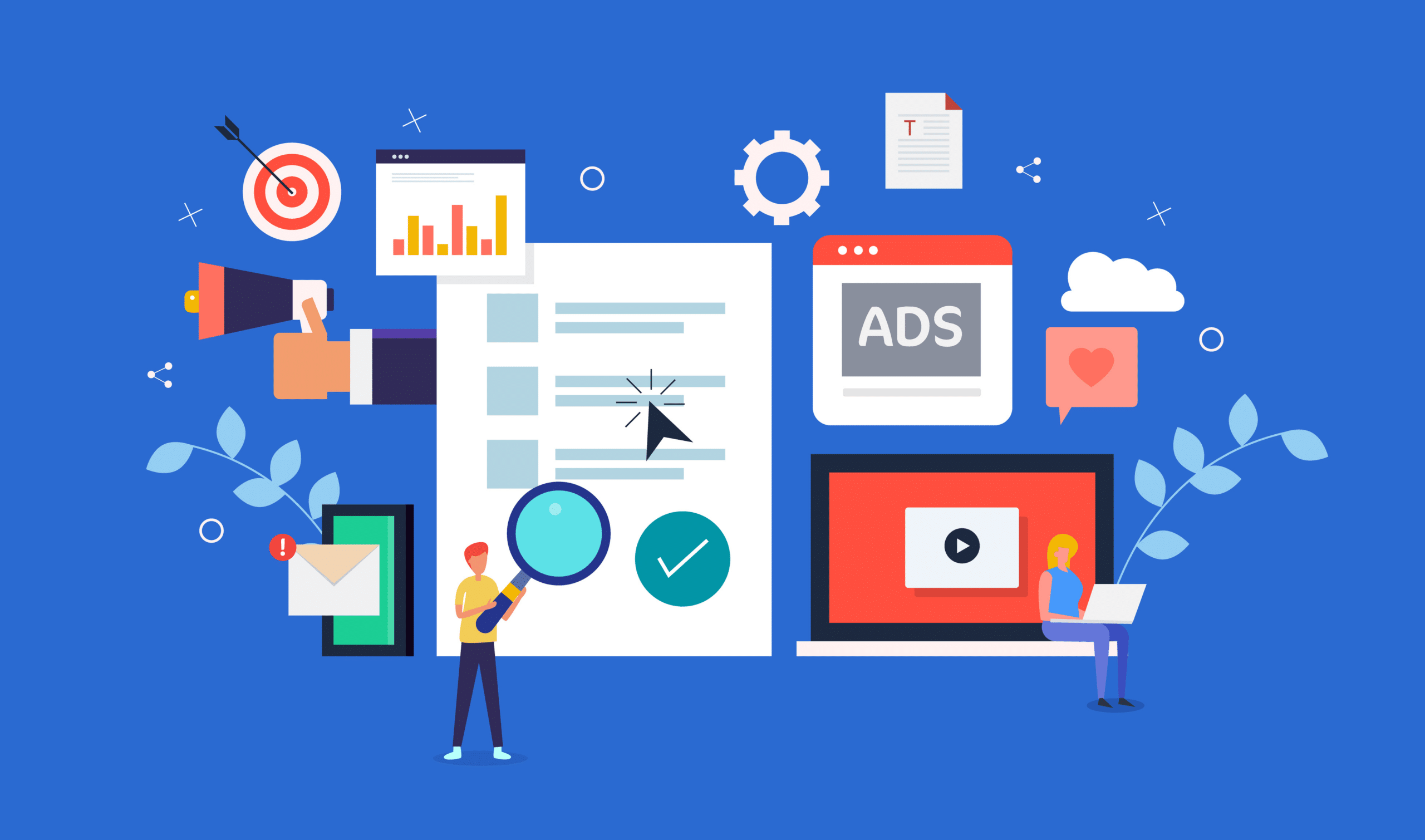One of the first instances of AI showing up in the advertising industry was with a Lexus commercial. It was 2018, and Lexus used IBM Watson to create the first commercial entirely scripted by AI. The car company leveraged IBM Watson to analyze 15 years of car and luxury brand campaigns that had won Cannes Lions awards and other external data to form the script flow and outline. Then the humans at the creative agency took over and built the story.
Fast forward to today, and AI has quickly spread across the advertising and media industry, beyond creative scripts to all aspects of ad tech, strategy, and sales. Generative AI, such as ChatGPT, is reshaping how advertisers and publishers operate but has also left many questioning what’s next and how it can help or hurt business.
Think of generative AI as your new media planning assistant that will transform how you work internally and externally. Here we share some perspectives on the ways to use generative AI as a tool for good to accelerate productivity, lead generation, and ad sales to keep your organization aligned with the rapidly evolving era of AI.
1. Outbound sales prospecting emails and content
Generative AI is based on the user inputting prompts to ask questions or make requests. A publisher can craft prospecting emails or other types of content leveraging its data and the generative AI’s tools repository.
For example, rather than an ad sales rep spending time crafting an email to a prospect, they can simply prompt the generative AI tool for a 200-word email targeting a brand manager who runs digital ads. Prompts can be customized to the recipient’s industry, a related trend, or even personal, such as a sports team win, so the right message resonates at the right time.
Salesforce’s Marketing Cloud GPT and Sales GPT offer some very compelling opportunities here:
- Reduce writing workload with Email Content Creation, which can auto-generate personalized emails for improved testing and engagement
- Leverage Typeface’s generative AI content platform to create contextual visual assets for multi-channel campaigns within Marketing GPT based on specific brand voice, style guides, and messaging
- Reduce prospecting time by having the generative AI assist with research on a company’s financials or recent articles or where they have been in the news
2. Dynamic content for self-service ad sales chatbots
In self-service ad sales, an advertiser logs in to a publisher’s Salesforce Community to build a media plan with little to no interaction with an ad salesperson. The opportunity here is to leverage generative AI within the context of a line agent or a chatbot to interact with advertiser clients through a Salesforce Experience Cloud environment and guide them as they craft their advertising plans.
This generative AI use case would be a more advanced version of Salesforce’s “Reply Recommendations” functionality available through Salesforce Einstein. These recommendations work like pre-can responses for common questions, but with generative AI, publishers could create more dynamic content with unique responses and recommendations based on what the client is telling you.
3. Personalized content delivering dynamic web experiences
Salesforce Marketing Cloud Personalization lets you personalize and optimize your website and emails with dynamic content to deliver one-to-one engagement. Unique content is displayed to existing and potential advertisers based on how they interact with web content and other information captured about them to create a profile. So instead of generalized offers or recommendations pulled from a content library, generative AI creates hyper-personalized text for real-time engagement with each profile.
Marketing Cloud Personalization can use Einstein Decisions to direct the right promotion to an individual based on the AI model. The content pieces should already be created for this to work, but generative AI can decrease the time it takes to create that copy and content.
4. In-flight campaign optimization recommendations
Once your campaigns are sold, it’s essential to ensure they are managed, optimized, and performing well. You can use generative AI to monitor ongoing media campaigns based on the data being pushed back into Marketing Cloud Intelligence. The generative AI could then recommend campaign optimizations or drive these changes automatically to maximize campaign performance. For example, if a campaign has seven days left to make up 100 million impressions, you can ask a generative AI tool for recommendations to tweak your campaign and ensure you hit your goal.
A vision for the future of generative AI
Someday soon, these use cases will seem quaint in the same way that the Lexus commercial seems like old news. Generative AI will continue to evolve at a fast pace and offer even more opportunities, such as more precise personalized recommendations or bundled advertising packages with a click of a button.
AI is an assistant, not a replacement. We’ll still need the human touch to drive sales and revenue growth in advertising and media. But generative AI will allow you to be more productive with your time so you can focus on those areas that still require an in-person meeting or a phone call.
Wherever you are in your Salesforce journey, Silverline can roadmap generative AI solutions that are viable for your organization both now and to enable future success. Find out how Silverline’s media team can help your organization.




